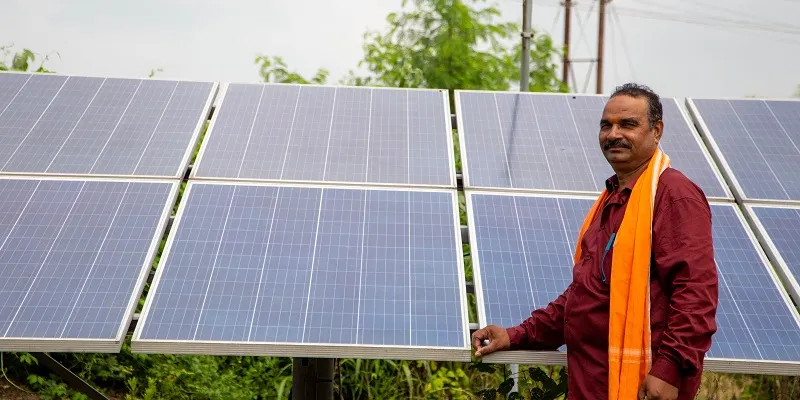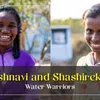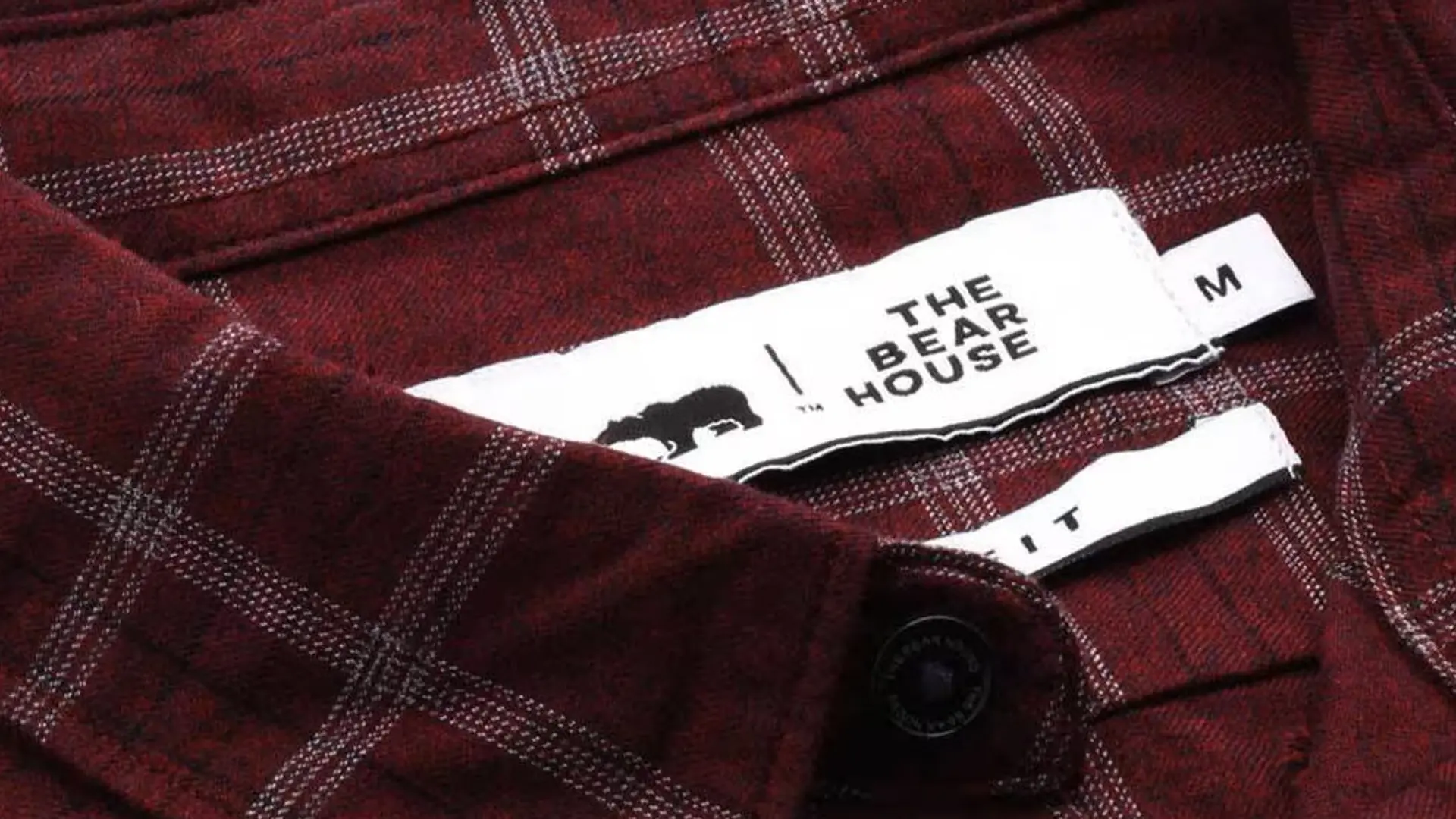How World Vision India is solving irrigation woes of farmers in Nagpur
World Vision India (WVI) is conducting a livelihood development and water management project in Nagpur, Maharashtra, changing the lives of almost 805 farmers in the district.
In India, several farmers still struggle to arrange adequate irrigation for their crops. Water resources are often limited, and water for irrigation must also contend with increasing industrial and urban needs.
Supporting farmers in this regard is World Vision India (WVI).
The organisation — which introduced a livelihood development and water management project in Nagpur — provides marginal farmers in villages with the necessary assistance to switch to solar irrigation pumps to meet their irrigational demand through renewable energy applications.
WVI has also implemented training programmes to build capacities of 59 marginal and small farmers in the project area. These programmes aim to enhance farmers’ understanding of the importance of conservation agriculture and crop diversification.

The model
WVI’s project is based in the Umred block of Nagpur district in Maharashtra, where it has demonstration farms, showcasing integrated farming practices, mixed cropping, organic manual usage, etc. The project also has mitigation and adaptation components built into it.
The WVI team has formed farmer interest groups in 30 villages, where these groups are linked to World Vision India’s model farms and also learn from fellow farmers.
“It's kind of a learning school for them, where the learnings get replicated to more farmers. This is another way we have tried to do it,” says Salmon Jacob, Head - Climate Change and DRR, World Vision India.
As per the organisation, about 805 farmers have benefited from this project.
Creating impact
Jacob explains the project has helped farmers in two ways.
“First, we have taken up the whole farmer training in the area of integrated farming and mixed cropping so they can get more out of less because a lot of these climatic changes cause heatwaves, which impacts crop production. Second, we have also tried to introduce micro-irrigation practices like drip irrigation so farmers can produce more with less water,” he explains.

World Vision India has installed solar irrigation pumps in the farms of 10 farmers. Moreover, it is in the process of adding five more pumps in the project villages.
This intervention, Jacob says, has helped farmers improve their agricultural produce and also have economical co-benefits as they do not spend extra money towards running these solar pumps.
“Most of the farmers were into using diesel-powered pumps for irrigation — one of the factors that emit greenhouse gases. As there is a lot of costs involved in running these pumps due to the high diesel price, we introduced solar irrigation pumps to reduce recurring cost for those who cannot afford clean energy,” he adds.
According to Jacob, the project has made labour easily available to farmers for agriculture activities.
With more farmers engaging in such agriculture operations, they can increase their productivity by securing a second season crop and a third season crop in the summer.
Adapting to the model
While farmers in the area always relied on traditional farming methods, including a mono-cropping pattern for years, they have not had the time to understand newer practices.
“This is where we initially formed the models, where we took up the farmers who are willing to accept the changes and experiment with us. The creation of these model farms has helped us. It’s always good for farmers to learn from other farmers rather than learning from someone who's from outside,” Jacob explains.
The 10-member WVI team is addressing this important aspect through its model form. The team also made an exposure visit for farmers at another location, where it uses some of the integrated farming methods, allowing WVI to address these initial glitches and challenges.
According to Jacob, while executing the project interventions, there have been significant changes in the cropping patterns adopted by the farmers.
Farmers — trained on crop diversification and crop rotations — have started implementing their learnings in their farms. The solar panels, laser sprays, and drip irrigation services have helped them get their second crops.
The project — funded by EDF Foundation France — supports farmers to avail government schemes for subsidies, where farmers get about 90 percent subsidy on solar pumps.
World Vision India, too, contributes towards the farmers' share of pump cost, which varies based on the pump capacity. The pumps usually cost between Rs 1,65,000 and Rs 2,47,000.
The integrated farming methodology has improved the farming techniques, and farmers have learnt how to use the resources available in their farms.
Going forward, World Vision India plans to scale up these models in more locations in India. Further, it plans to regenerate about 50,000 hectares of degraded farmlands.
Edited by Suman Singh




![[Monday Motivation] Meet Himani Nautiyal, the wildlife researcher improving the socio-economic status of Himalayan women farmers](https://images.yourstory.com/cs/5/79900dd0d91311e8a16045a90309d734/MM-and-SS-1635688292132.png?fm=png&auto=format&h=100&w=100&crop=entropy&fit=crop)




